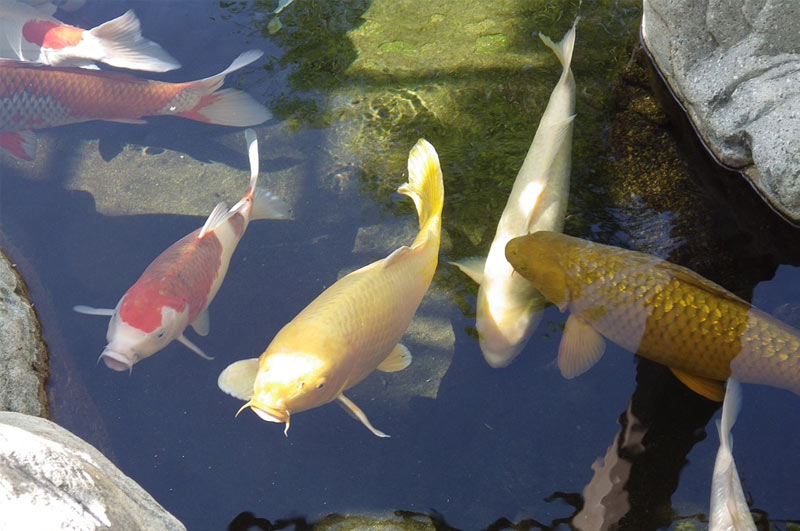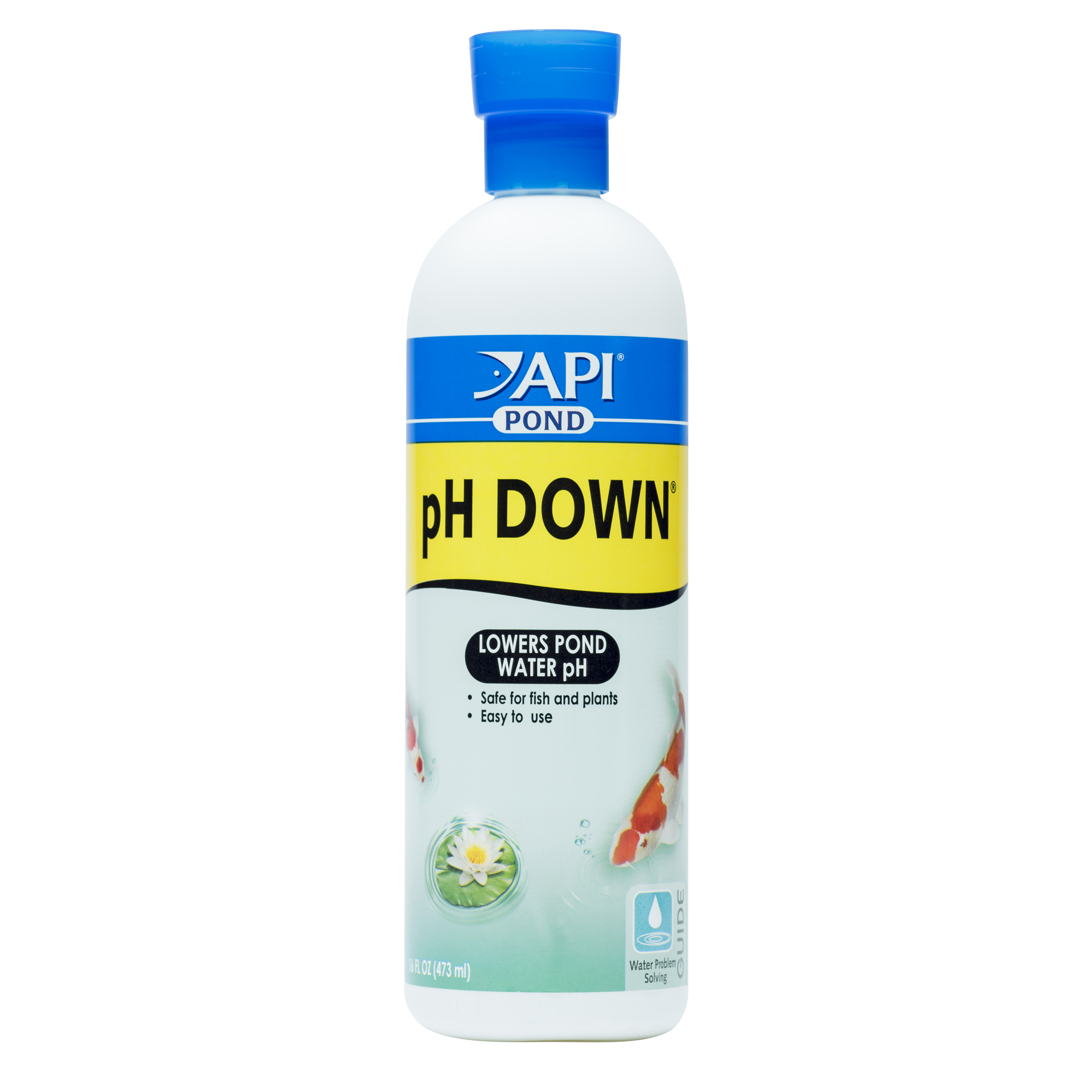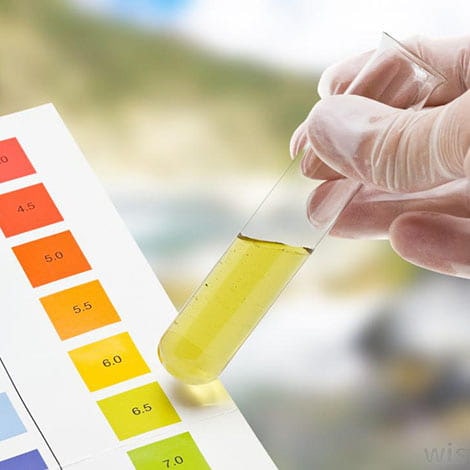Having the correct pH level in your pond is crucial for the health of your aquatic life. pH is a measure of how acidic or basic the water is, and maintaining the right balance is essential for the overall well-being of your pond ecosystem. If you find that your pond’s pH is too high, there are several effective methods you can use to lower it and create a more suitable environment for your fish and plants.

Credit: landscapingbychuck.com
Understanding Pond pH
The ideal pH range for most ponds is between 6.5 and 8.5. When the pH level is too high (above 8.5), it can lead to issues such as poor fish health, reduced plant growth, and decreased effectiveness of beneficial bacteria. High pH levels can also cause ammonia toxicity, which is harmful to fish and other aquatic organisms.
Methods to Lower Pond pH
Here are some effective ways to lower the pH level in your pond:
1. Add Peat Moss
Peat moss is a natural way to lower pH levels in ponds. Place a bag of peat moss in your pond filter or in a mesh bag directly in the water. The peat moss will gradually release tannins into the water, which will help lower the pH over time.
2. Use Alum
Alum, or aluminum sulfate, can be used to lower pH levels in ponds. It is a fast-acting solution that can quickly reduce alkalinity and lower the pH. Follow the manufacturer’s instructions for dosing to avoid overdosing.
3. Install A Rainwater Collection System
Rainwater is naturally acidic and can help lower the pH of your pond. Installing a rainwater collection system can provide you with a free and natural source of water that will help maintain the desired pH level in your pond.
4. Use Vinegar
White vinegar can be used to lower pH levels in ponds. Add small amounts of vinegar to the pond water, testing the pH level regularly to ensure you do not lower it too much. Vinegar is a safe and natural way to adjust pH levels in your pond.
5. Install A Carbon Dioxide System
Carbon dioxide can help lower pH levels in ponds by creating a more acidic environment. Installing a carbon dioxide system can help you maintain the ideal pH balance in your pond, especially in larger ponds or systems with high fish loads.
Monitor pH Levels
After implementing one of the methods to lower the pH in your pond, it is essential to monitor the pH levels regularly. Test the water weekly to ensure that the pH remains within the optimal range for your aquatic life. Adjust your chosen method as needed to maintain a stable and healthy pH level in your pond.

Credit: apifishcare.com
Conclusion
Maintaining the right pH level in your pond is crucial for the health and well-being of your fish, plants, and overall ecosystem. By using natural methods such as peat moss, alum, rainwater, vinegar, or a carbon dioxide system, you can effectively lower the pH in your pond and create a more suitable environment for your aquatic life. Remember to monitor the pH levels regularly and make adjustments as needed to ensure a balanced and thriving pond ecosystem.





